Cliccando sul pulsante "Accetta tutti i cookie": l’utente accetta di memorizzare tutti i cookie sul suo dispositivo.
Cliccando su "Impostazioni cookie": l’utente sceglie le tipologie di cookie che saranno memorizzate nel suo dispositivo.
for years they have been arguing for winemaking choices considered from time to time exaggerated, extreme, incomprehensible, crazy, wrong and ultimately "irremediably non-contemporary

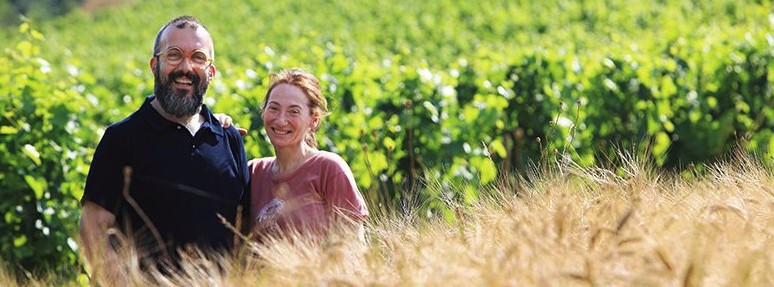
Marco Casolanetti, vigneron, but also a great gourmet, and Eleonora Rossi, brilliant cook and expert winemaker.
The training is completed by Eleonora's parents, Settimia, a true force of nature, and Pino, her husband (who must have a difficult life with two such strong-willed women alongside), both engaged in all the work in the countryside, from the vineyards to the animals. , to vegetables.
A story of wine, in 1995 the vineyards of her parents, small owners of the area nicknamed Kurni (here is the mystery revealed) began to work and they opened an inn with about thirty seats.
The first vintage of Kurni's release on the market is 1997, only just over 3000 bottles, which nevertheless represented a real earthquake in the world of wine. The reasons are quickly explained. Kurni is a Montepulciano, traditional grape of this area, but which instead of being produced with a yield of 200/250 quintals per hectare drops to 18/20.
Current production has risen to just over 5,000 bottles for a total of almost 12 hectares of vineyard (and a recent acquisition will add another 6 hectares) which could easily yield over 40,000 of more than good quality.
“I wanted to restore dignity to this vine which for many years was considered useful only for cutting and giving strength to grapes considered more noble.
I tried to show that Montepulciano, if grown in a certain way, can become one of the greatest reds in the world "warms up Marco who, not yet forty, has already accumulated such expertise to be considered the true point of reference for all the nouvelle vague of local producers.
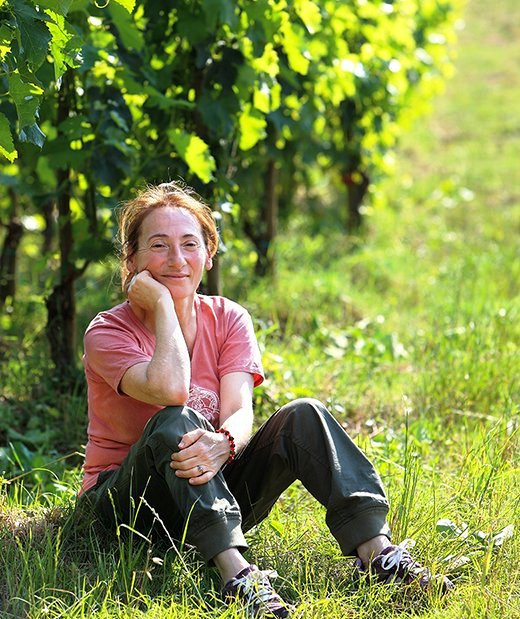
The farm covers about fifty hectares, of which about fifteen are vineyards.
In fact, in the vineyard, the very low yields per hectare are possible thanks to a plant density that is almost unbelievable and which is combined with the conservation of only one or two bunches per plant.
The training system used is the traditional one of the area, the shrimp tree, or a sort of shed between two contiguous rows.
With the utmost respect for the environment, nature, ecosystem and biodiversity, it obviously avoids synthetic products but also copper and sulfur, to adopt preparations based on propolis, bicarbonate, milk derivatives, algae and potassium.
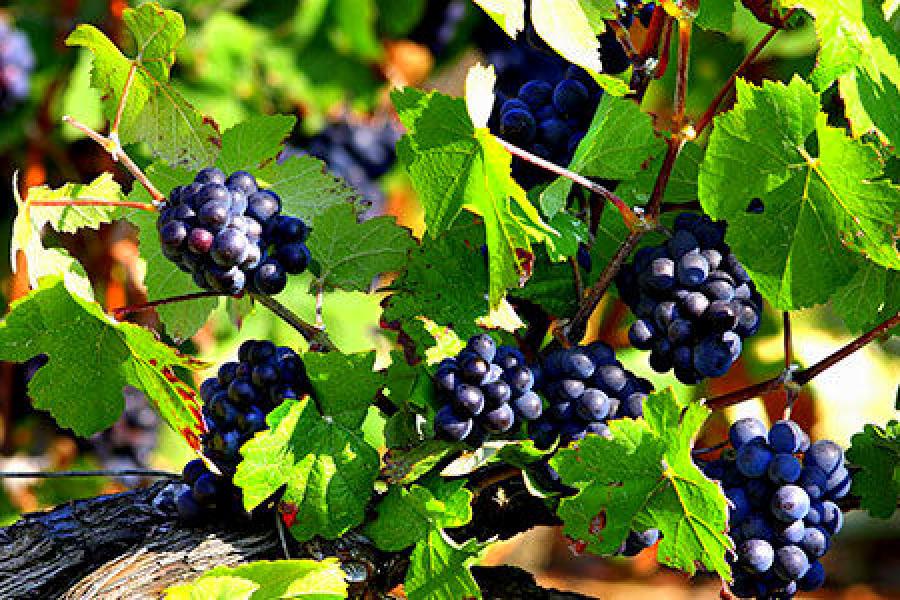
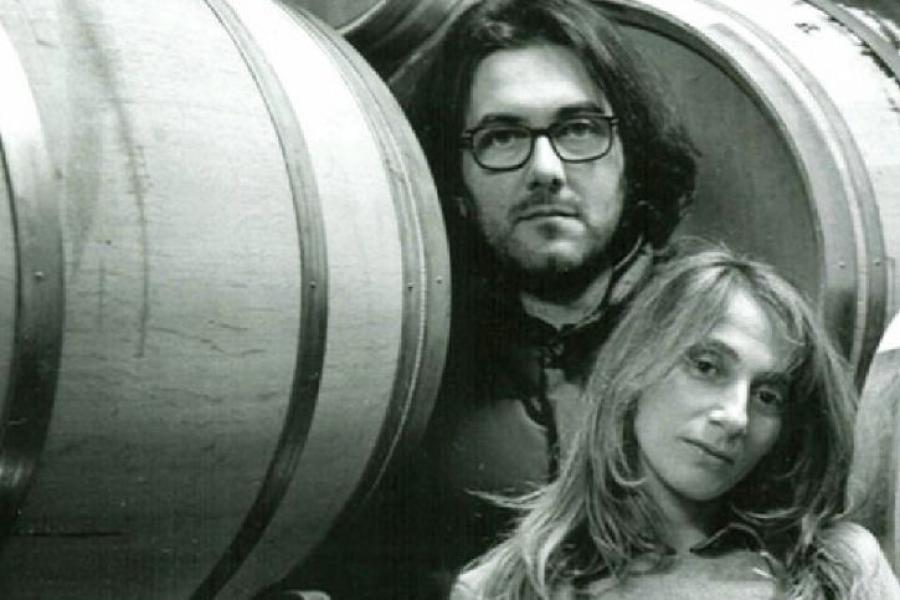
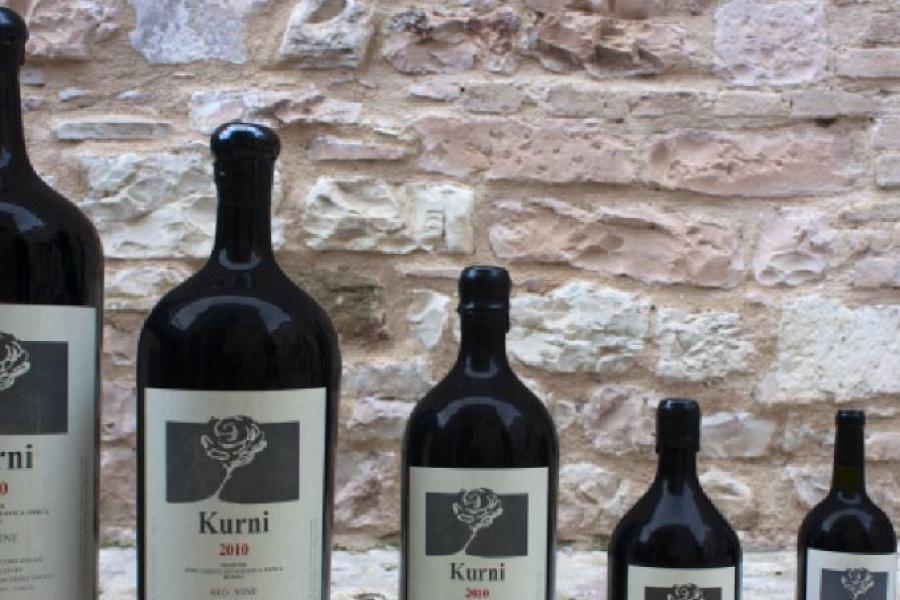
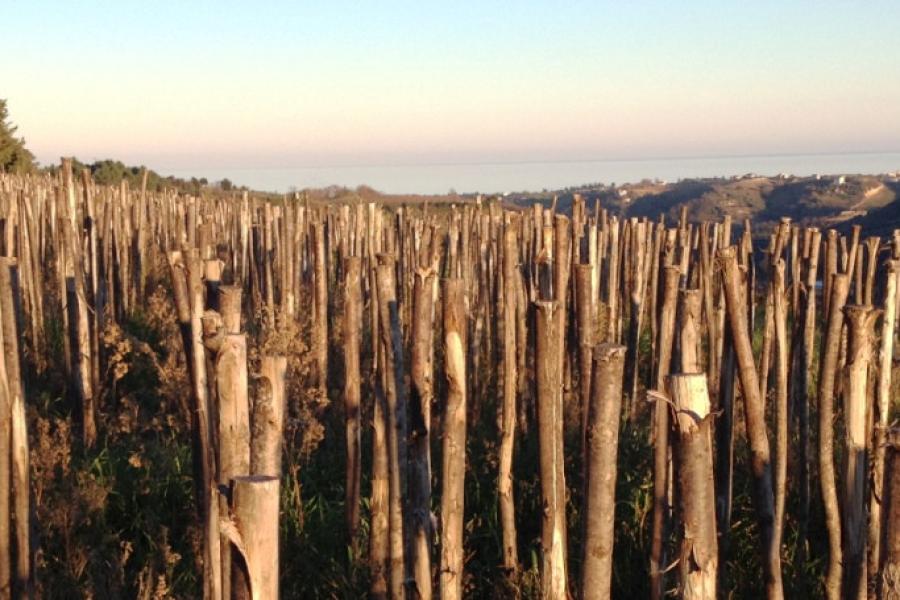
Two wines for which every true enthusiast would make a false attempt to be able to have at least one bottle.
The Marche is a region known above all for two reasons: the long sandy beaches typical of the Adriatic and a small and medium-sized dynamic and creative industry that knows how to assert itself all over the world. It is less famous for its splendid territory, excellent cuisine and some excellent wines, in some cases unique.
The winery is located between the territories of Cupra Marittima and Ripatransone, in the south of the region, in the province of Ascoli Piceno and precisely in Cupra Marittima, a lively seaside “village”.
From here, head inland following a country road that climbs up a narrow valley characterized by a series of farmhouses, cultivated land and vineyards.
A beautiful country house, home to the restaurant, and next to the cellar entrance.